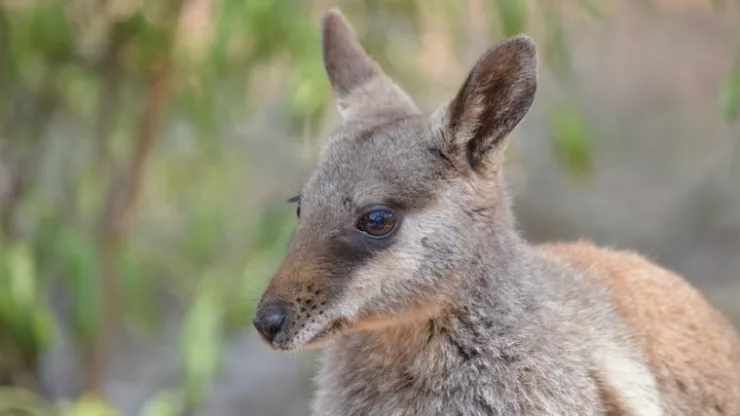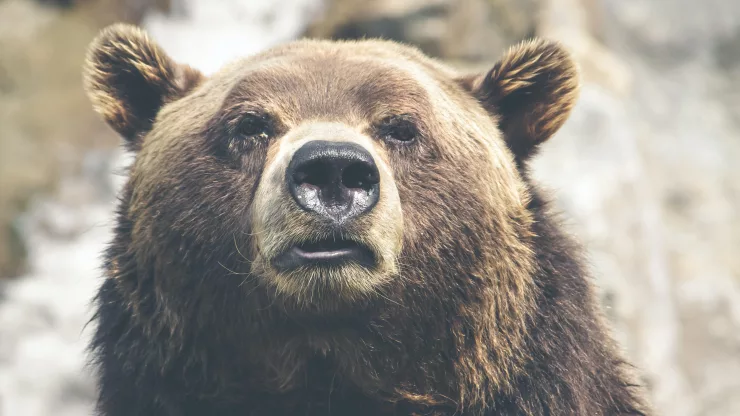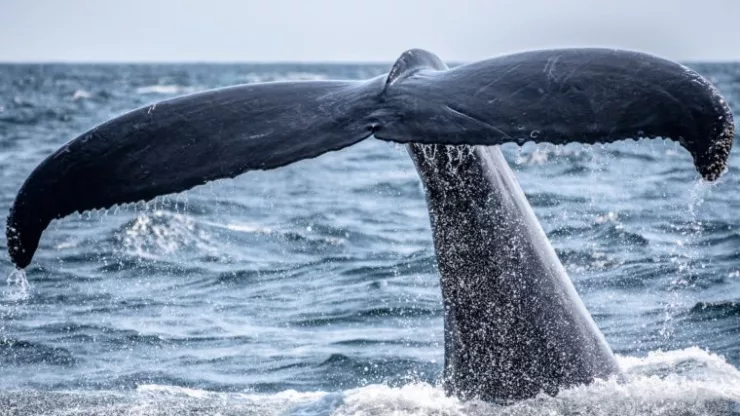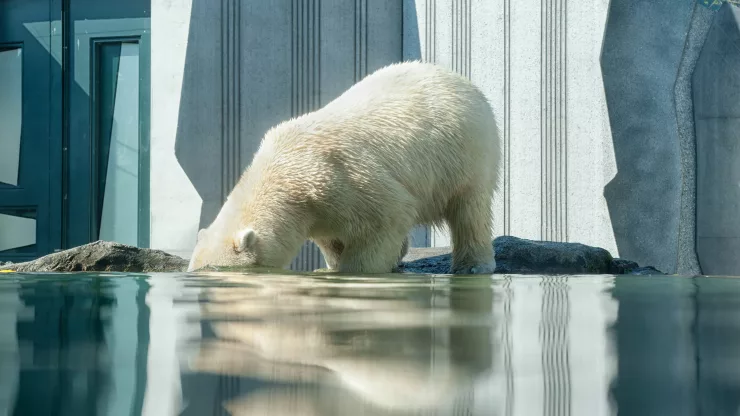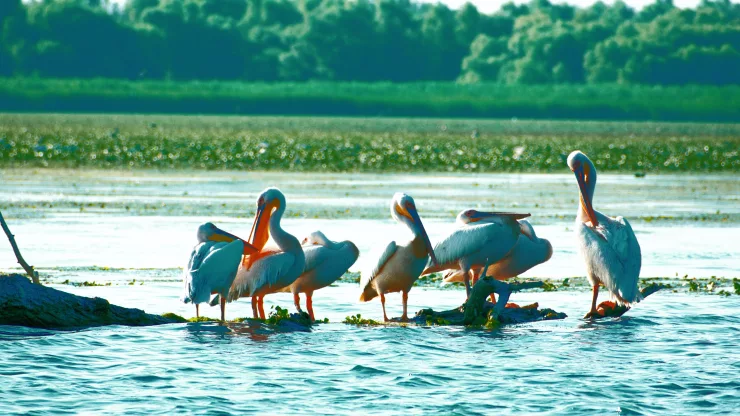Wallabies are known for their small size, adorable appearance, and unique habits.
These marsupials are found primarily in Australia and New Guinea, and they have many fascinating facts that make them a unique species.
Here are 22 interesting facts about wallabies:
- Wallabies are macropods, which means “big foot” in Greek. They are related to other marsupials, such as kangaroos and wallaroos.
- There are around 30 different species of wallabies, ranging from the tiny quokka to the larger red-necked wallaby.
- Wallabies are herbivores and primarily graze on grasses, herbs, and leaves.
- They have a unique digestive system that allows them to regurgitate their food and chew it again, which helps break down tough plant fibers.
- Wallabies are known for their powerful legs and can jump up to 3 meters high and 9 meters long.
- They use their tails for balance while jumping and can move them independently from their bodies.
- Wallabies have large, pointed ears that can rotate 180 degrees, allowing them to hear predators from all directions.
- They have excellent eyesight and can see in color, which helps them identify ripe fruits and other food sources.
- Wallabies are social animals and live in groups called mobs or troops.
- Female wallabies have a pouch on their belly where they carry their young, called joeys, for up to 8 months.
- Joeys are born blind and hairless, and they crawl into their mother’s pouch to nurse and develop.
- Wallabies have a unique reproductive system where they can pause pregnancy during times of drought or food shortage, known as embryonic diapause.
- Wallabies are nocturnal animals, meaning they are most active at night.
- They have a keen sense of smell, which they use to detect predators and other wallabies.
- Wallabies are territorial animals and use scent marking to communicate their boundaries.
- They have thick fur that provides insulation in colder climates and protection from the sun in warmer climates.
- Wallabies can live up to 9 years in the wild and up to 15 years in captivity.
- They are preyed upon by dingoes, foxes, eagles, and snakes.
- Wallabies have been hunted for their meat and fur, but their populations have since stabilized due to conservation efforts.
- Some species of wallabies, such as the rock wallaby, are endangered due to habitat loss and hunting.
- Wallabies are popular with tourists and are often featured in Australian wildlife parks and zoos.
- They have a unique hopping gait that is both efficient and energy-saving, allowing them to cover long distances with minimal effort.
FAQs
What is the difference between a wallaby and a kangaroo?
Wallabies are smaller than kangaroos and have different physical features, such as shorter legs, smaller ears, and a different gait.
Additionally, wallabies tend to live in more wooded areas than kangaroos.
Why do wallabies have pouches?
The pouch allows wallabies to carry and protect their young while they develop. It also provides a warm and secure environment for the joey to nurse and grow.
What is the lifespan of a wallaby?
Wallabies can live up to 9 years in the wild and up to 15 years in captivity.
How many species of wallabies are there?
There are around 30 different species of wallabies.
What are wallabies’ predators?
Wallabies are preyed upon by dingoes, foxes, eagles, and snakes.
Are wallabies endangered?
Some species of wallabies, such as the rock wallaby, are endangered due to habitat loss and hunting. However, many other species are considered stable due to conservation efforts.

I am a fun fact enthusiast and creator of Facts On Tap.
I love to share my knowledge and curiosity with readers and inspire them to learn something new every day.
When I’m not writing, I enjoy traveling, reading, and playing trivia games with my friends.
